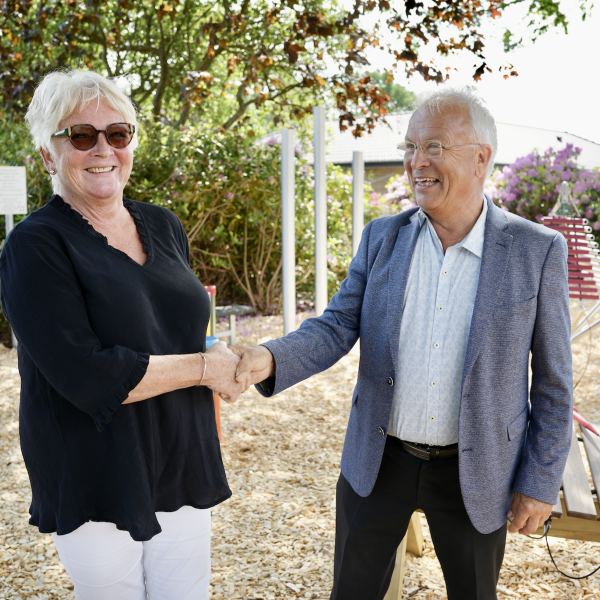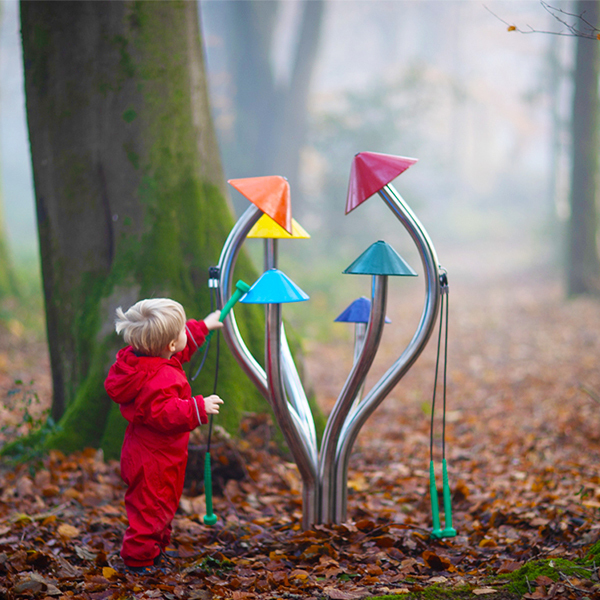Rio World Cup & The Musical Instruments Of Brazil
Love them or hate them, the World Cup in South Africa was echoed by the sound of the vuvuzelas. So what’s the sound in Rio? Well, apparently it’s the ‘Caxirola’ - a rattle type instrument based on the Caxixi, one of the many traditional instruments used in Brazilian music.
Over the last several hundred years, instruments from various countries have influenced Brazil's music styles and sounds. Like the vibrancy of the culture, the music of Brazil is equally diverse, full of energy and life. Music is heard everywhere in Brazil, bars, cafes and restaurants, sporting events, beaches, homes and businesses. It's part and parcel of Brazilian culture and lifestyle. Carnivals and festivals are huge events in Brazil and music is always a big part of those celebrations.
There are many different instruments used to make the beautiful music of Brazil, each creating unusual and eclectic sounds and rhythms but the most popular or well-known Brazilian musical instruments are used in Capoeira or Brazilian Samba.
The samba is arguably the most typical and familiar music of Brazil. Performed in carnivals and in street dances the music consists of a quick tempo and catchy rhythm perfect for dance and expresses the very nature of Brazilian culture. There are multiple forms and variants of Samba.
Capoeira combines fight, dance, rhythm and gravity defying acrobatics all performed in a circle or ‘Roda’. Capoeira is an Afro-Brazilian art form that was born out of the struggle for freedom of the slaves in Brazil.
The chief instruments used are the Berimbau, Atabaque drum and Pandeiro. Every rhythm the Berimbau plays means something to the roda. The people clap in time with it; the faster the rhythm, the faster and more energetic the players must be within the circle. A slow rhythm means a slow, clever game full of tricks. Each instrument improvises upon the theme of the Berimbau and supports it.
The Berimbau is made from a wooden bow, a gourd and a steel string. The steel string is secured to the wooden bow and the gourd is then attached to the bow to create a resonator. Resting the gourd on the abdomen, the hands are free to strike the steel string with the wooden stick.
The Atabaque is a drum with Afro-Brazilian origins. You play the Atabaque with your hands, and most of the time while standing. The resonator is traditionally made from Jacaranda wood with calfskin stretched over the top.
The Pandeiro is similar to a tambourine and there are many ways to play this instrument from using your thumb, fingertips, palm of your hand as well as the sides of your hand.
As mentioned already, the Caxixi (pronounced Ka-shee-shee) is a musical instrument of ancient African origin that became popular in Brazil as a companion to the Berimbau. Caxixi is a reed basket, woven by hand, with a hard gourd skin bottom filled with special seeds. Shaken, the seeds hit the hard gourd skin, producing a distinctive sound.
Whether or not the Caxirola takes off, it’s guaranteed that fans who have travelled to see the World Cup will hear some wonderful, traditional music. Why not bring a little Brazilian influence to your music lessons this term? You can easily link the music with a geography or history lesson, about the people of Brazil and how music brings the communities together. Dress up and use your outdoor musical instruments to bring a little carnival to your own outdoor space! Brazilian percussion instruments include whistles, flutes, horns and rattles and of course drums! Our Rainbow Sambas and Congas are perfect for playing funky, infectious rhythms in the outdoors - giving you everything you need to create fun and high quality Brazilian & Samba music!

Med støtte fra generøse donorer, herunder Nordea-fonden, har "Musik i haven" skabt et meningsfyldt samlingssted for alle. Instrumenterne fremmer fællesskab,...

Vi er utroligt glade og stolte over at kunne introducere vores helt nye Liberty...
